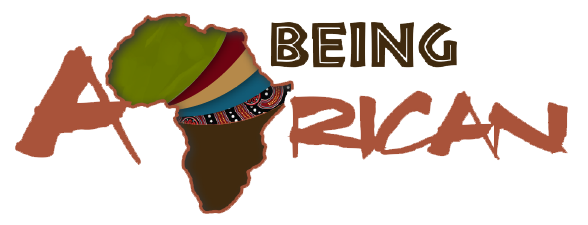
Death & Funerals in Kikuyu Culture
Death & Funerals in Kikuyu Culture. by Anne Wahome
The Kikuyu were afraid of handling the dead, as contact with a corpse was considered thahu, an abomination. Huts had to be demolished if a family member died at home. The dying were therefore taken to the bush when their time was near. A leash was tied on their right hand and tagged during meal times to see if they were still alive. The hyena was expected to dispose of the corpse when they joined their ancestors. Huts were not abandoned if other family members shared these with the deceased.
Those who removed the corpse from a hut and disposed of it in the bush were considered unclean and had to undergo purification. They would slaughter a goat and wash their hands in its undigested food. They also had to shave their heads and sleep in the bush for a day. They did not intermingle with other community members until the purification was completed. The elders ate the goat.
Women were not allowed to handle the dead unless it was their child. Spouses could also not handle each other’s bodies.
As much as they feared handling dead bodies, the Kikuyu were not afraid of death. They believed that their souls departed to kwa ngoma. Kwa ngoma was where the souls of their ancestors dwelled. They also believed in reincarnation, and newborns in the family were named after the departed.
Burial was reserved for wealthy old men and elderly women, who were considered wise. The sons of the deceased dug a grave facing the thingira, a man’s hut. The grave was called kibirira. Four elders chose the site. The digging of the grave was thahu, and the diggers had to undergo purification. The body was placed on its side, with the knees drawn up. On burial, they put the man’s head on his right palm and a woman’s head on her left palm. The body was buried without ornaments, but they would be placed in the grave. The body was covered entirely with the skin of an ox (muguguta) or beddings so that not even the head was visible. They were buried with the head facing west as it was believed their children would die if it faced east. Their hut was then pulled down and placed on top of the grave. Circumcised sons put a branch of the mugaa, the acacia tree, on the grave. Before the hukura ceremony, fire in the huts was not allowed to go out. Domestic animals’ bells were removed, and these animals separated to prevent mating.
The kuhukura ceremony transformed the deceased into an ancestor. Kuhukura means to unbury, although not literally. After the burial, the whole village shaved their heads, and the women did not go out for four days. They did not go to work. Therefore, the kuhukura ceremony allowed everyday life to resume in the community.
The hukura ceremony began when the moon was approximately the same place it had been when the deceased died. First, the wives of the dead made beer. The beer was left to ferment in the elder wife’s hut. It was drunk by the elders when it was ready. Arrangements for the ceremony were made during this drinking session.
On the first day of the ceremony, they slaughtered a ram of a single color. This ram would have been tied overnight in the senior wife’s hut. The deceased person’s children could not kill the ram. Elders, joined by the deceased’s wives, took the ram’s right foreleg. They then proceeded to the bush with a firebrand taken from the senior wife’s hut. They grilled the meat and ate a bit, placing a large chunk aside. The senior widow offered a piece as a sacrifice to her departed husband. They offered the reserved chunk to the spirits that had been forgotten.
The next ceremony was putting the ngoka for the departed spirits. These were long tendrils of grass that were made while calling on the spirits of the departed.
After this, the widows performed ceremonial sexual intercourse in their order of seniority. The senior wife performed the act with her deceased husband’s cousin or younger brother. The rest of the wives had sexual intercourse with paid men called endia ruhiu, sword sellers.
Everyone in the homestead rested during the second day, which was called mutiro. Work and sexual intercourse were not allowed.
On the third day, the widows had sexual intercourse again with their partners.
The fourth day was also a day of rest.
A he-goat was slaughtered on the fifth day. It was eaten by all the members of the homestead and the elders.
On the sixth day, the widows prepared beer and shaved their heads a second time.
On the seventh day, a brother of the deceased visited the homestead with a fattened ram, called ngoima, and beer. A feast called kurianira ngoima, eating a fattened ram together, followed, with the whole clan invited. The brewed beer was also drunk. No sexual intercourse was allowed.
They also slaughtered another ram on the eighth day. A medicine man performed the gutahikia (purification) ceremony on the widows and their partners. Sexual intercourse was allowed on this day.
On the ninth day, life returned to normal. The endia ruhiu (sword sellers) were paid and sent away.
After the hukura ceremony, huts in the compound had to be moved, and the deceased’s hut was demolished. Possessions of the dead, including ornaments, cooking pots, and beddings, were left untouched.
Is there any way to go into more depth regarding the mordern to balance with the past. This last paragraph seems like it could be expanded upon, to reflect current day practices. Just a thought.
